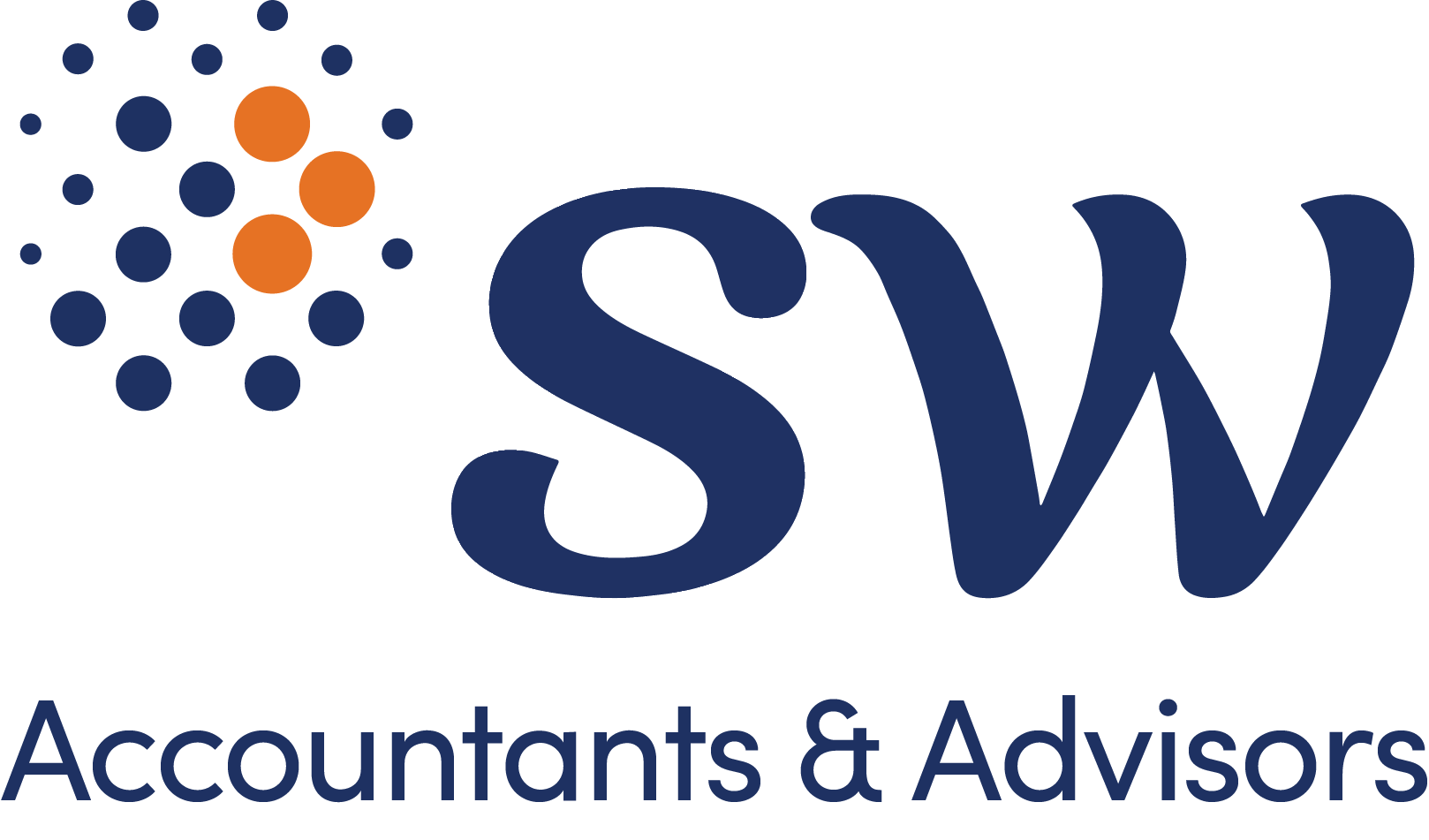
Feedback on Treasury’s Giving Fund reforms
07/08/2025
Our submission to the Government’s consultation paper reflects feedback raised by trustees of affected Funds on the proposed increase to the minimum distribution rate. Based on our discussions, trustees are concerned that the change is inconsistent with their Funds’ objective of providing long-term charitable support.
The Treasury has released a consultation paper ‘Giving fund reforms: distribution rate and smoothing’, as part of its broader strategy to double charitable giving by 2030.
While these reforms aim to boost philanthropy, there are concerns that raising the minimum distribution rate could undermine the long-term sustainability of Private Ancillary Funds (PAFs), also known as Giving Funds (the Funds). These Funds were originally established to provide long term charitable support.
Our feedback on Giving Fund reforms
In response to these concerns, we have submitted feedback on the 31 July 2025, on behalf of our clients to Treasury’s consultation process.
Heather Dyke, Associate Director, expresses that
“Philanthropy is very important for many of our private clients. Most of our large private clients have set up Private Ancillary Funds (to be known as Giving Funds) to provide much needed long-term funding to charities.”
We are actively involved in the consultation process and represent our clients’ interests, with our Directors also serving on the boards of several Giving Funds, offering valuable insight into their investment and giving strategies.
Background
The Government has previously committed to working with the philanthropic, for-purpose, and business sectors to develop a national giving strategy.
What are the changes?
Following the introduction of a new Deductible Gift Recipient (DGR) category for Community Foundations, the government announced it would also improve the support provided to charities through Funds by:
- aligning and increasing the minimum annual distribution rate for public and private funds
- allowing funds to smooth their minimum annual distributions over three years, and
- renaming Private Ancillary Funds in the tax law to Giving Funds to reflect their role in giving to charities.
Drawbacks of raising minimum distribution rate
The key message from our feedback is that a 5% minimum distribution rate should be maintained. A higher distribution rate may decrease the attractiveness of Giving Funds to donors and impact the long-term sustainability of perpetual funds.
As the minimum distribution rate is not a cap, our clients generally provide regular distributions to charities at the minimum rate and extra distributions for capital works, special projects or when natural disasters occur. If the minimum rate is increased, then smoothing becomes very important and could be overly complex to monitor.
Our full submission to the Giving Fund consultation can be found here.
How SW can help
SW supports private clients in establishing and managing Giving Funds that align with their long-term philanthropic goals. We provide strategic advice on fund structuring, compliance, and distribution planning to ensure sustainability and impact.
We are actively engaged in the consultation process and advocate on behalf of our clients to help shape policy outcomes that support enduring charitable giving.
For assistance in establishing or managing a Giving Fund please contact our private client specialists, Heather Dyke or Matthew Oakey.


